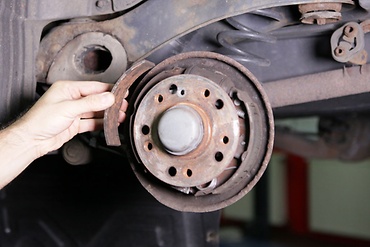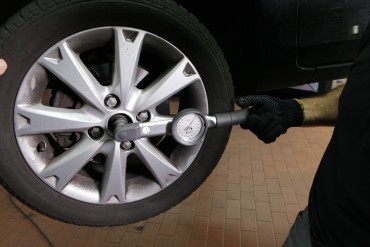Having an ABS warning light on means that your vehicle requires check and the issue has to be resolved as soon as possible. The ABS system is very essential in avoiding wheel lockage during a brake and thus knowing how to tackle this warning will help to eliminate the danger.
Understanding the ABS Fault Light: What It Means
The ABS Light comes on when your vehicle’s ABS system is not functioning properly. This could be due to any problem; it may as well be because of a faulty sensor, wiring, or issues with the Actuation Systems. In case this light is ignored the braking system of the car will be affected particularly in cases of emergencies.
Step-by-Step Guide to Diagnosing an ABS Fault
Fixing an ABS warning light might sound difficult at first, but if you know how to go about it, you are sure to identify the issue and solve it in the right way.
Begin by inserting a diagnostic tool into your vehicle. Choose the ABS system, and the right make and/or model of automobile. This tool will guide you to read any code associated with the ABS Light.
Once you have the fault codes, go through them to know the problem which has occurred. For example, a code may mean that the wheel speed sensor is having issues. However, as already mentioned, the problem is not always a faulty sensor – wiring problems are also capable of causing the warning light to appear.
When troubleshooting, check on the wiring that is linked to the wheel speed sensor before changing any part. Check for any signs of deterioration, rusting, or loose connections that may lead to the lighting up of the ABS warning light.
If you have concluded that the wheel speed sensor is indeed bad, remove it from the wiring harness as well as the attaching location. It is recommended that the area where the new sensor is going to be mounted be cleaned before the operation. Lastly reconnect the wiring harness, after it has been installed.
After replacing the faulty sensor, use the diagnostic tool to reveal the fault codes and then erase them. Engage the ABS button to reactivate the system and check whether the ABS Light is out or the problem has not persisted.
Tips for Preventing ABS Faults
To ensure you do not have future problems with your ABS system, it is important to do the following:
If your vehicle has an ABS system, it's a good idea to periodically have the ABS system and wheel speed sensors checked for any issues. Detecting problems early can prevent them from developing into more serious issues that may require a complete replacement. Conducting this check can help to avoid coming across the ABS Light turning on without any prior warning.
To increase the durability of the ABS system it is crucial to take periodic examinations of the car and in some circumstances repair switches, sensors, and wiring. Taking proper care of the Actuation Systems will go a long way in ensuring good braking systems are maintained.
Additional Resources
For more detailed guidance and information, check out these additional resources:
When it comes to choosing the appropriate diagnostic tool for your ABS system, you need to adopt the right procedure for fault identification. Make sure that the tool is compatible with your vehicle’s make and model so that you can easily read and interpret the fault codes in the car.
Get to know the various parts of the ABS system such as the wheel speed sensors, Actuation Systems, and many others to help you appreciate your automobile’s braking system.
FAQs
To reset the ABS warning light, you generally require a scan tool to erase the fault codes after addressing all the problems. If so, the light may turn back on which would mean that more examination of the problem is required.
You can undoubtedly drive with the ABS Light on, but it is not advisable to do so. It is said that the ABS system may fail to work well which means that you may lose the capacity to brake adequately, especially in slippery conditions.
Symptoms of a defective wheel speed sensor are ABS light turning on, wobbling brakes, and squeaky brakes during the braking process. Repairing the faulty sensor is critical to ensuring the proper functioning of the ABS system.
It's advisable to have your ABS system inspected during your regular vehicle maintenance schedule, or at least once a year, to ensure all components are functioning correctly.
Nice-to-know

ZF Aftermarket product range
Discover the complete portfolio of brakes in our product catalog.

